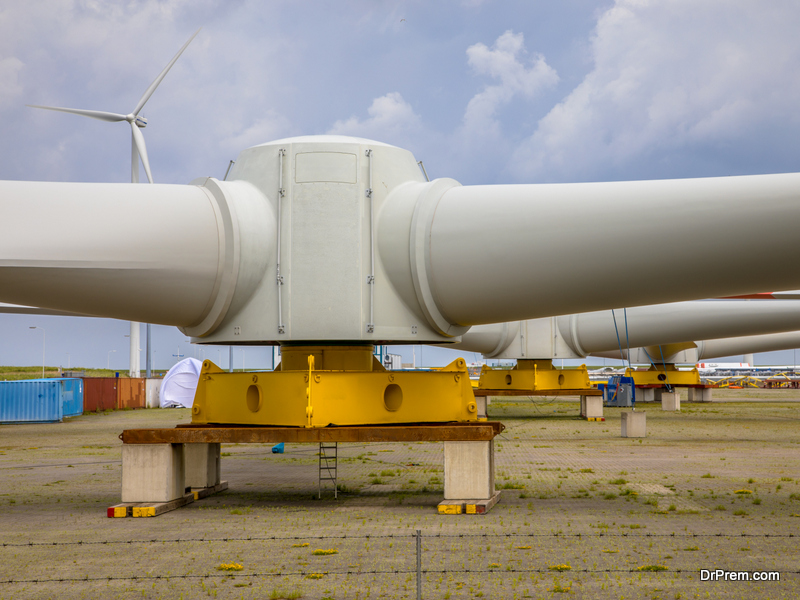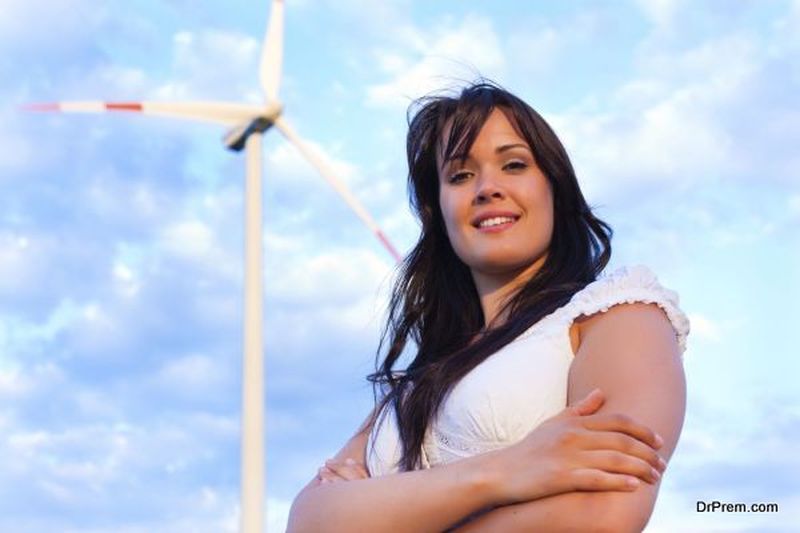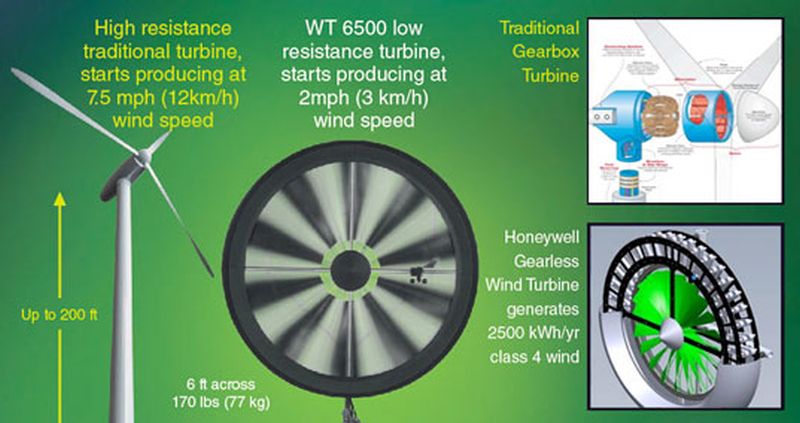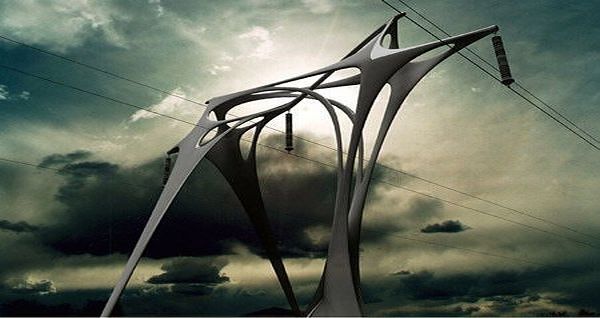If you have any practical experience with renewable energy, you might know that things are not the way they seem. Most of the times, we do not get the energy that we expect from such sources. Myriad unknown factors come into play and disrupt their efficiency. As of now, the best thing we can do is prepare yourself in such a way that these factors don’t affect our energy output. In the case of wind energy, for example, you can use these 9 technologies to improve wind turbine efficiency.
9 technologies that help improve wind turbine efficiency
Wind Turbines are a significant source of renewable energy. In 2008 for the first time in the US, wind energy capacity addition exceeded that of fossil fuel based power plants. Windmills were initially used for tasks like grinding corn and lifting water. As the concerns about carbon emissions from fossil fuels has risen around the world, clean energy sources like solar and wind have received attention and support. As wind turbine design technologies improved, their power generating capacity has increased from the 100 – 200 Kilowatt level to over 5 Megawatts per turbine. The wind speeds at which power generation occurs has also been improved so that turbines now generate power, even at low wind speeds of 5 kph. Researchers worldwide are continuing to work on new technologies to improve operational efficiencies in wind turbines. These developments should help grow the use of wind energy around the world.
1. Generator by ExRo Technologies
ExRo Technologies of Vancouver, Canada has patented a new product named Variable Induction Electric Generator. They claim that it increases wind turbine output by up to 50%. The present design of wind turbines uses a mechanical gearbox to covert the low rotation speed of the blades to high speed. It is because the electric generator operates on high speed. These gearboxes have up to 10% energy loss in them, even when they are operating at optimum speeds.
The wind speeds are subject to gusts and lulls and consequently the blade speed varies. At speeds above or below the design speed, the gear box losses increase. In addition, the generator is designed for constant speed. Therefore, it is unable to use the higher speeds for higher power generation. At low speeds, the generator would simply stop power generation.
The ExRo variable induction generator does away with the gearbox altogether. The generator is designed with multiple armature coils, that are electronically switched on and off depending on the wind speed. This results in a generator that produces electricity optimally at various wind speeds. The electronic switching happens in milliseconds, so that even short duration gusts or lulls are compensated for. This response would not be possible with mechanical or hydraulic controls.
2. Rubber trailing edge flap
Denmark is home to the world’s largest wind turbine manufacturer. The Danish Technical University has made several innovations in wind turbine technology. A recent new finding is that if the turbine blades are fitted with a movable flap at the trailing edge, it would reduce stresses on the blade and increase life. The concept is similar to the use of retractable flaps on an aircraft wing during landing and take-off, when there are high stresses on the wings.
For the wind turbine application, DTU is working on a rubber flap with fiber reinforced cavities that is fitted to the blade edge to form a continuous surface but which has the flex to yield to wind gusts to reduce stress on the blade.
3. Rope climbing robot inspects Wind Turbines
Image Source : energynews.us
Wind Turbine blades are subject to damage from grit and other flying objects carried by the wind. The exposure to weather and wind also result in fatigue cracks. The turbine blades need to be inspected at regular intervals. Inspection by a technician would involve his climbing a 50 meter or higher mast, carrying inspection equipment. This is hazardous and scheduled inspections often get deferred due to weather or other reasons.
The Fraunhofer Institute of Factory Operation & Automation, Germany is designing a rope climbing robot that could solve this problem. The rope climbing robot would be equipped with an infrared heat source, an ultrasonic fault detector and a high resolution camera. The infrared heat source would conduct heat to the turbine blades and the temperature pattern would be photographed. These patterns would indicate the presence of surface cracks or debris sticking to the blade that could cause imbalance. The ultrasonic probe would apply sound waves to the blade surfaces and measure reflection to detect if there are internal cracks.
This rope climbing robot would help make the inspection of wind turbines non-hazardous and ensure increased up time for wind turbines.
4. High definition wind maps
The siting of wind turbines need an accurate estimate of wind velocities at the site at various heights. Moreover, the identification of any natural or man-made features that could affect wind flow is also important. The US Government’s National Wind Technology laboratory has updated the old maps of the 1970s and 1990s, based on current data and new computer models. These models also provide forecasts of wind velocities based on weather patterns.
These maps, now available for some 35 states in the US, would improve the ability of wind farm developers to site wind turbines at reduced risk.
5. Air- flow technology
A concept used to optimize power output in a wind turbine is to vary the blade angle to harvest the most wind energy. A team from the Syracuse University’s LC Smith College of Engineering & Computer Science is seeking to enhance this concept by applying active wind sensors on the surface of the turbine blade. These sensors would send signals to the blade controls and dynamically change the blade angle in response to wind direction shifts. The team estimates up to an 80% increase in blade efficiency and up to a 20% increase in power output from this development. The team also expects improvements in blade life due to reduction of vibrations and blade stress.
Wind tunnel tests are under way to confirm the results and to make further improvements in the technology.
6. Computer codes for modeling wind systems
New materials, novel blade shapes and advanced sensors are being incorporated into wind turbine designs. With them, it becomes imperative to develop computer models to analyze and predict performance. This would help in reducing the time and cost of building and testing prototypes. The Sandia National Labs has come up with several programs such as FAST and AeroDyn which are in the public domain. These models need to find acceptance from other countries as well.
7. Honeywell Wind Turbine : Works in low air flow
The present designs of wind turbines need a wind speed of at least 12 kmph to generate power. Such wind speeds occur mainly in coastal areas or in hilly terrain where the contours make for an air funnel. Honeywell in partnership with Earth Tronic has come up with a new design of windmill that an average homeowner can install on his roof. This wind turbine can generate power at low wind speeds of 3 kmph. It is 1.8 meter ( 6 feet) in diameter , weighs 43 kg and can be installed on the roof of a home. This will generate 2000 kWh per year, about 15% of the annual power usage of the house.
The wind turbine’s design includes permanent magnets at the rims of its blades instead of at the shaft. The higher rim speed permits a generator without gearbox that reduces noise and vibration. Advanced electronic controls and a simple connection to the household electrical system complete a good design.
8. Laser Sensors to make Wind Turbines more efficient
Wind Turbines are already fitted with controls to move the turbine to face the wind direction for optimum power generation. These controls respond based on the wind speed and direction at the blade. Catch the Wind, a Virginia based company has developed a fiber-optic. It is based on laser device that has to be mounted on top of a wind turbine mast. This laser-based sensor is able to sense wind speeds and direction at 100 meters distance from the turbine. Moreover, it gives a 20-second early warning to the turbine controls of an impending wind shift. This early signal enables the blade controls to deploy in time. This helps in optimizing the blade angle and direction, ahead of the wind hitting the blades. This device is said to increase power output by some 10%.
9. STAR – the new evolution in blade design
The Sandia National Labs in partnership with Knight & Carver of San Diego has innovated a new concept in wind turbine blade design that they have named STAR ( for Swing Twist Adaptive Rotor). The blade tips are gently curved backward, that is said to enable the wind turbine to operate at the moderate 5.8 meter per second wind speeds found on US mid-west farm lands. The twist also serves to reduce shear loads on the blades during wind gusts. This reduction in shear load permitted the use of 27 meter span blades, in place of the previous limit of 24 meters. This increased blade span would help increase turbine output.








